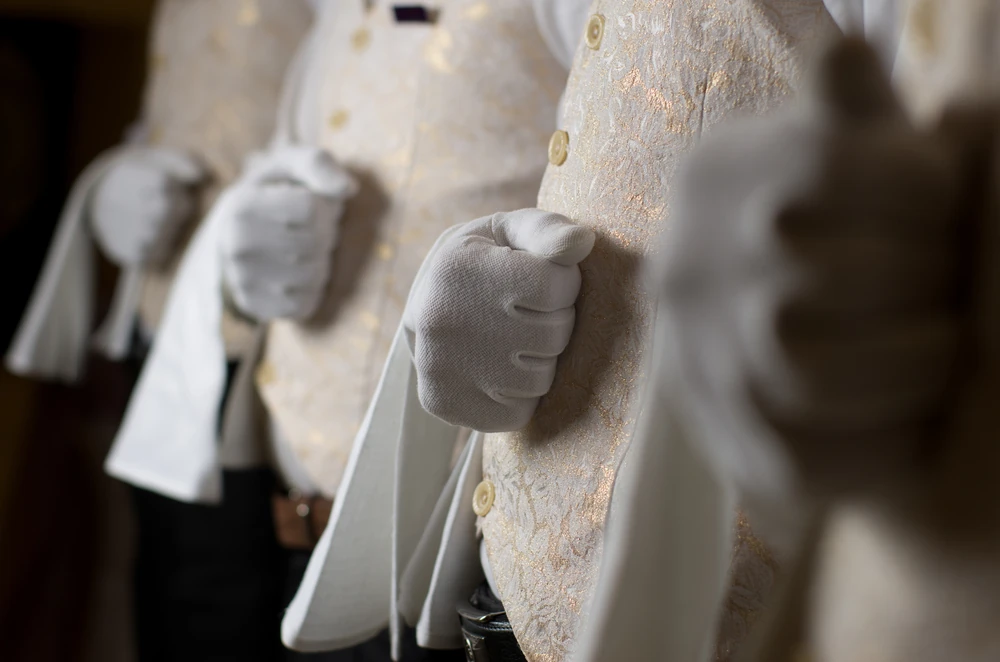The challenges of concepting in the past
The concepting stage of a campaign is always high energy, often a little tricky, and a case of trial and error. But once the right idea arrives, deciding how to visualise it has always been a challenge.
Historically the options were as follows:
- Show some scamps/sketches
- Compose something rough in Photoshop
- Find something similar that already exists
The problem is that in a world where everything is so immediate, this now feels a little dated and each of the above has their own problems:
- Scamps don’t work for people with a more logical mind.
- If you only roughly compose an idea, you risk underselling it.
- If you’re able to find something similar, you are almost proving the unoriginality of your idea.
For a recent campaign pitch that we worked on for a university*, we used MidJourney (an AI image creation tool) to create almost the exact imagery we needed to communicate our concept to the client - in a way that historically wouldn’t have been possible.
 Our recent pitch concept using AI imagery
Our recent pitch concept using AI imagery
*We have changed the name of the University this was pitched to.
Endless possibilities
Our experience with Midjourney was by no means simple. The iterative nature of the software meant that once we had a concept we felt was strong, we spent a long time trying to create the imagery - often having to create over 20 different images and then edit them further in Photoshop to get the desired result. But it goes without saying that the results are far better than a scamp/sketch, or a comp.
This made us realise that we can now be much more imaginative during the concepting stage of a project. And less restricted by photography budgets, knowing that AI can create almost any image imaginable (with the right prompts).

Once we had the overall concept, we used MidJourney to create a series of campaign images
What it can't do
Along the way, it’s fair to say that we also saw the areas where AI pales in comparison to the human mind. For one, it can only replicate and combine what is already existing on the internet. It struggles to be genuinely creative.
What AI can’t do is be the master of its own work. It simply doesn’t have the judgment to know if what it has created is right for the job or not. In fact, its output is often so random and unpredictable that without a knowledgeable human controlling it, it’s borderline useless.

Summary: Humans will do more directing, computers will do more doing
With hindsight, the project has made clear where AI’s strengths lie – in the doing.
And for us humans, our creative processes are going to become much more about guiding the technology to know when it has got it right or wrong, as this is something only we can decide.
If you’re curious about how we can use AI to imagine the future of your brand, get in touch!
Originally published:
September 21, 2023
Updated:
November 29, 2023





